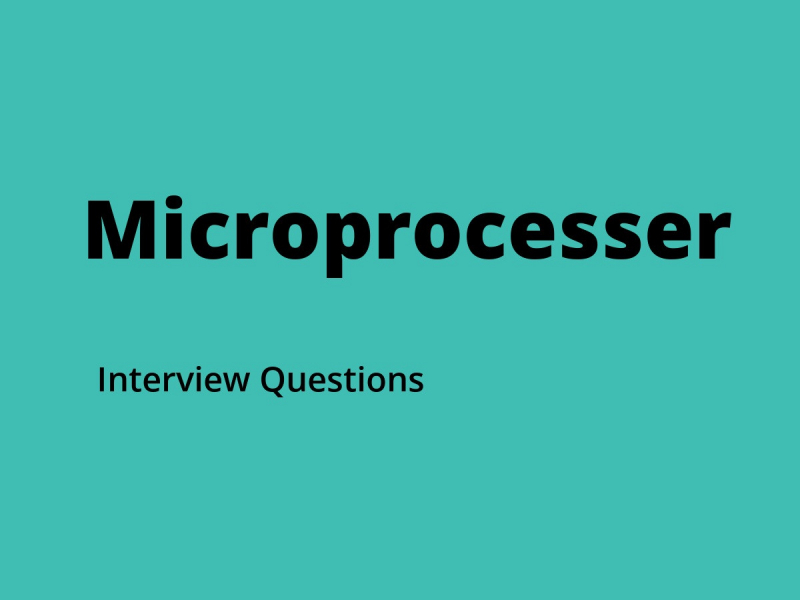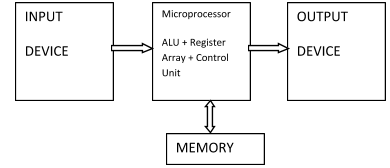Practice Best Microprocessor Interview Questions and Answers
Practice best Microprocessor Interview Questions, which are very popular and asked many times in Microprocessor Interview. So, practice these interview questions to check your final preparation for your exams or interview. apart from this you can also download here Microprocessor Interview Questions PDF, completely free.


